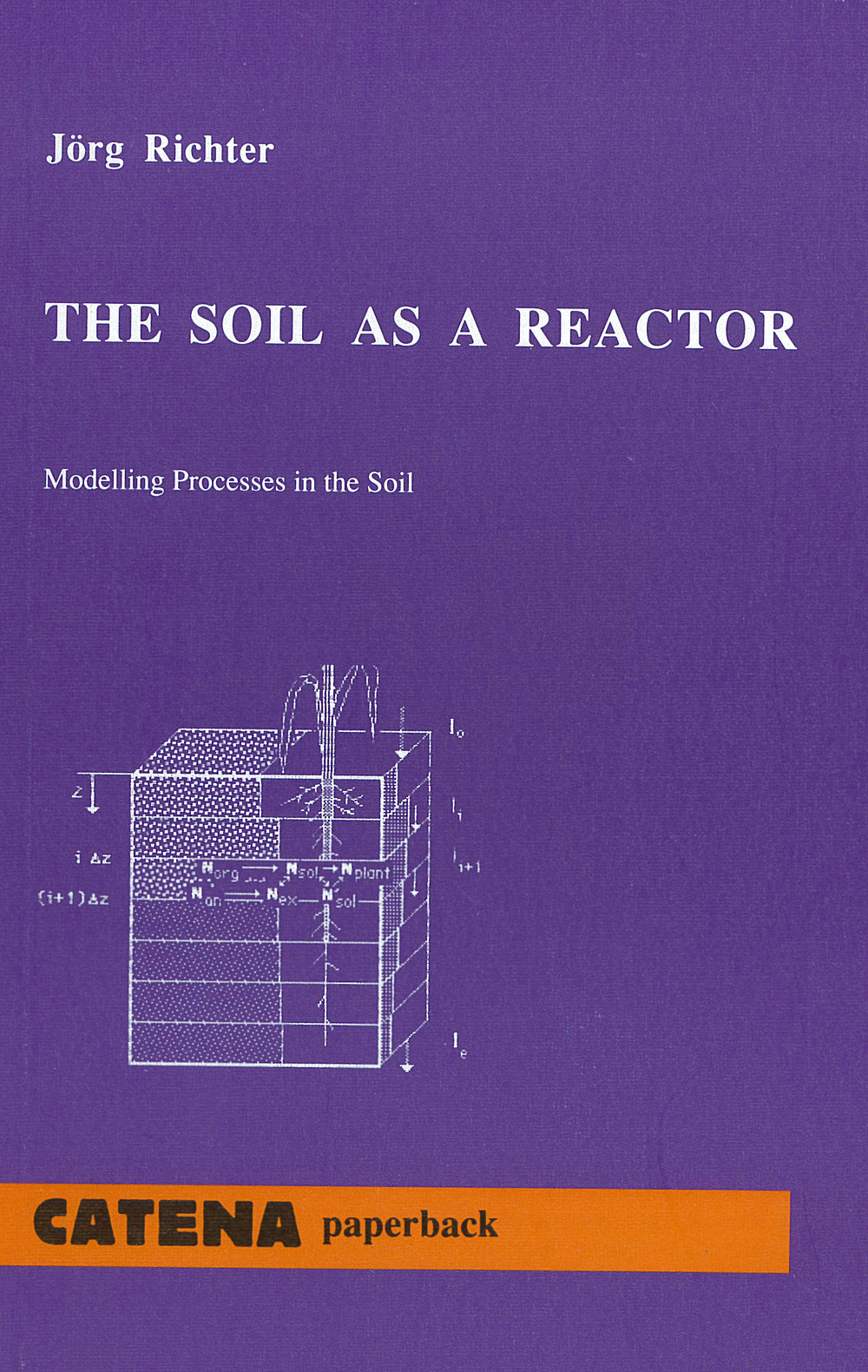Synopsis top ↑
If we are to solve the pressing economic and ecological problems in
agriculture, horticulture and forestry, and also with »waste« land and
industrial emissions, we must understand the processes that are going
on in the soil. Ideally, we should be able to treat these processes
quantitatively, using the same methods the civil engineer needs to get
the optimum yield out of his plant. However, it seems very
questionable, whether we would use our soils properly by trying to
obtain the highest profit through maximum yield. It is vital to
remember that soils are vulnerable or even destructible although or
even because our western industrialized agriculture produces much more
food on a smaller area than some ten years ago.
This book is primarily oriented on methodology. Starting with the
phenomena of the different components of the soils, it describes their
physical parameter functions and the mathematical models for transport
and transformation processes in the soil. To treat the processes
operationally, simple simulation models for practical applications are
included in each chapter.
After dealing in the principal sections of each chapter with heat
conduction and the soil regimes of material components like gases,
water and ions, simple models of the behaviour of nutrients,
herbicides and heavy metals in the soil are presented. These show how
modelling may help to solve problems of environmental protection. In
the concluding chapter, the problem of modelling salt transport in
heterogeneous soils is discussed.
The book is intended for all scientists and students who are
interested in applied soil science, especially in using soils
effectively and carefully for growing plants: applied pedologists,
land reclamation and improvement specialists, ecologists and
environmentalists, agriculturalists, horticulturists, foresters,
biologists (especially micro-: biologists), landscape planers and all
kinds of geoscientists.
